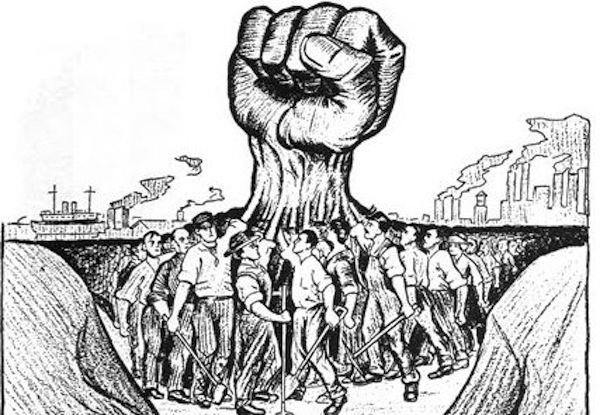Understanding the Impact of Labor Unions: A Comprehensive Insight
-

Introduction
In a world where the balance of power between employees and employers is often skewed, labor unions emerge as a pivotal force. In this post, we delve into the intricacies of labor unions, exploring their advantages and disadvantages from various perspectives and contemplating the conditions under which joining a union becomes a viable option.
The Essence of Labor Unions
Labor unions have long been a topic of heated debate. At their core, they are organizations that represent the collective interests of employees in negotiations with employers regarding wages, working conditions, benefits, and other aspects of employment.
Pros and Cons: A Balanced View
For Employees
Pros: Labor unions often lead to better wages, improved working conditions, and enhanced job security for members. They provide a platform for employees to have a collective voice, which is particularly beneficial in addressing grievances.
Cons: Union membership can sometimes lead to a lack of individual negotiation power and might require members to pay dues and adhere to union decisions, even if they disagree.
For Employers
Pros: Unions can streamline the process of negotiations and can help in maintaining a stable and trained workforce.
Cons: Employers often face increased labor costs and less flexibility in managing employees. They might also experience challenges in making swift business decisions due to negotiation requirements with unions.
For Society
Pros: Unions can contribute to a more equitable society by reducing wage gaps and setting industry standards.
Cons: There are instances where unions might contribute to increased unemployment, as higher wages can lead to reduced hiring.
Personal Insights from a Union Member
I had the opportunity to speak with Alex, a longtime member of the manufacturing workers’ union. Alex highlighted how the union played a critical role in securing better pay and safer working conditions at his factory. “Before the union, we had little say in our working hours or safety measures,” he shared. “The union gave us a voice. However, it’s not all perfect. Sometimes, union decisions don’t align with individual preferences, and dues can be a financial burden.”
Juxtaposition with Course Learnings
Contrasting these real-world perspectives with our week’s materials, it’s evident that the theoretical advantages of unions in providing collective bargaining power and improving working conditions align with Alex’s experiences. However, the course also emphasized potential drawbacks like increased labor costs for employers and reduced flexibility, which Alex’s experience corroborates. This real-life example underscores the complexity of labor unions, mirroring the multifaceted nature of their impact as discussed in our readings.
Reflection and Personal Stance
After thorough consideration, my stance on joining a labor union is cautiously positive. I see the value in having collective bargaining power, especially in industries where individual negotiation is challenging. However, I would weigh the union’s history, its impact on individual autonomy, and the dues involved before making a decision. If I were in a field with historically poor labor conditions or significant wage disparities, I would be more inclined to join a union. Ultimately, the decision would hinge on the specific context and the union’s effectiveness in advocating for its members.
Conclusion
The decision to join a labor union is nuanced and deeply personal. It depends on one’s values, career aspirations, and the specific circumstances of their employment. Unions have their strengths and weaknesses, impacting employees, employers, and society in multifaceted ways.
Creating a Balanced Workplace
In conclusion, whether one supports unionization or not, the ultimate goal should be to create a balanced, fair, and productive workplace where both employees and employers can thrive.
Got any book recommendations?